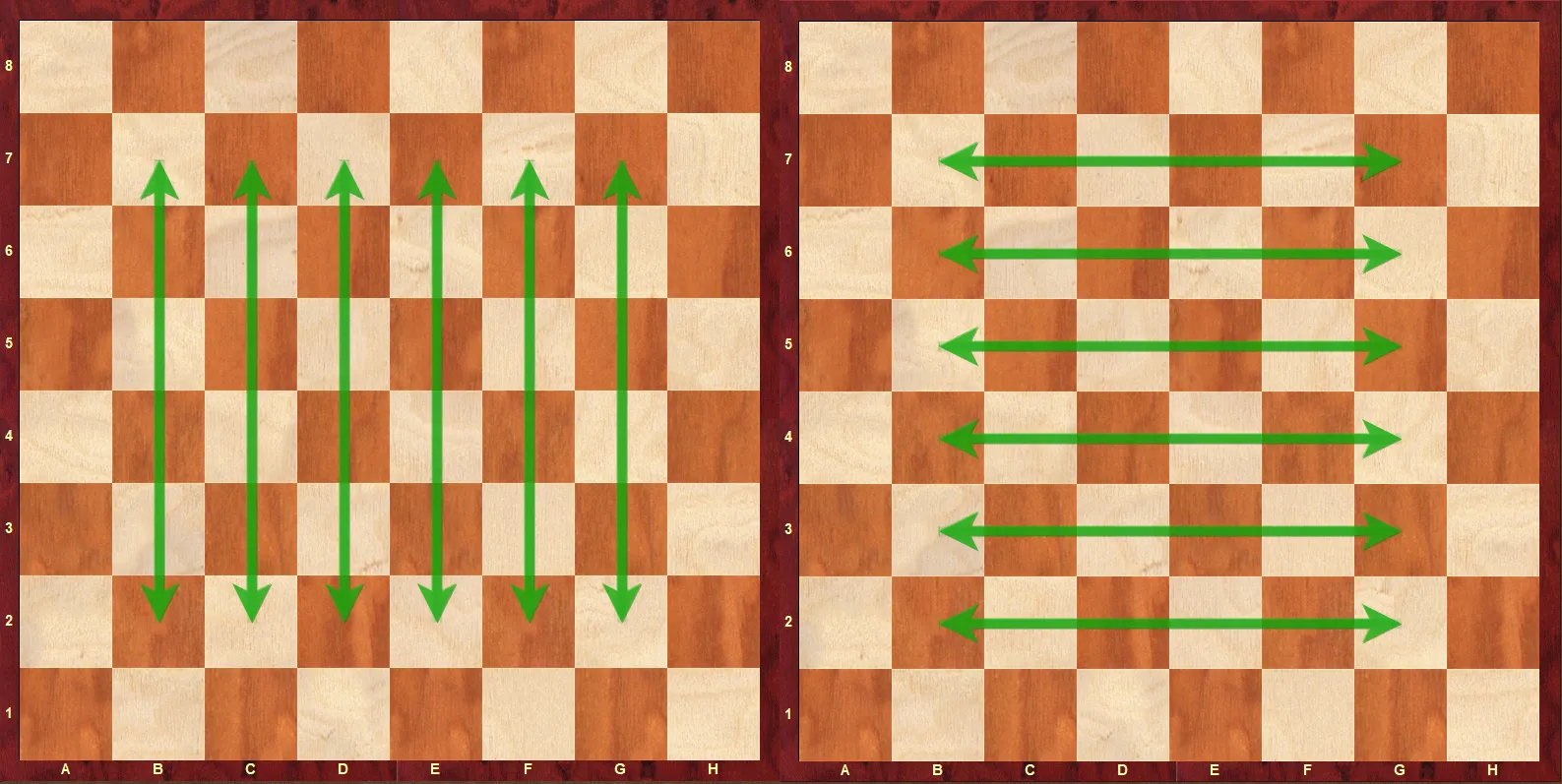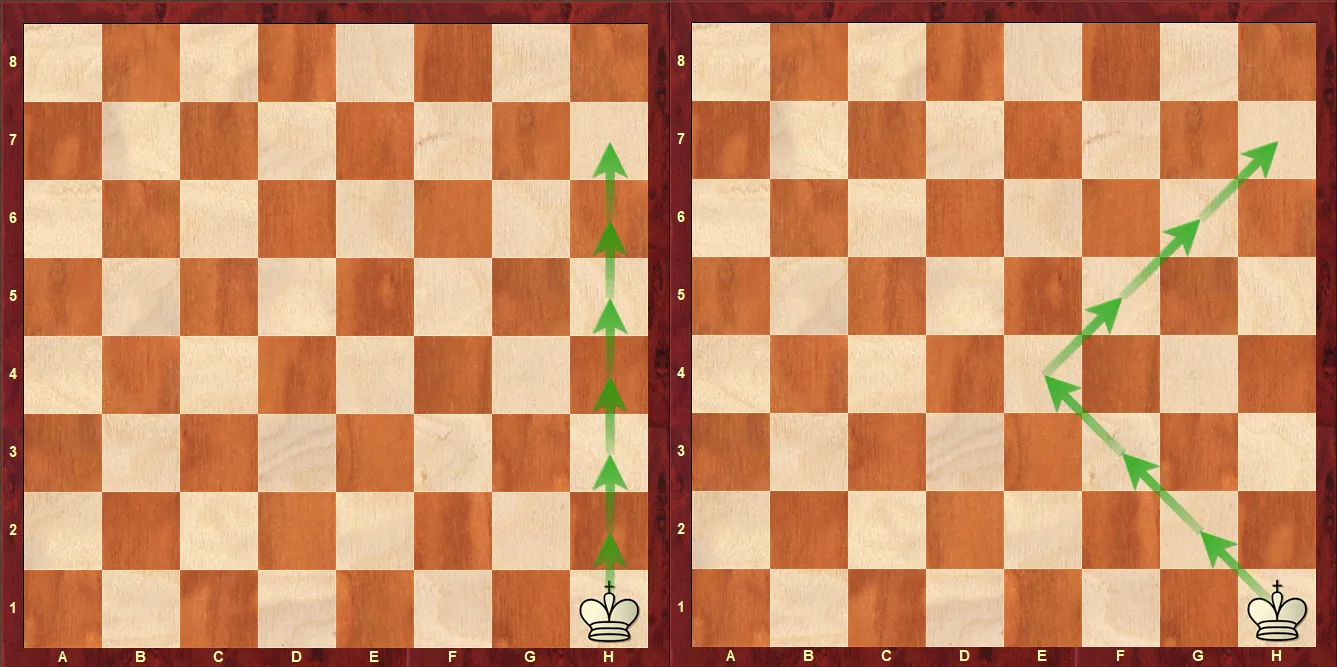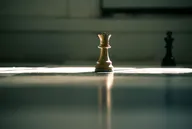Dominate the chessboard with files and ranks
In the previous articles, The hidden geography of the chessboard and The secret power of the diagonals I explored squares and diagonals, in this final episode I will shift our focus to ranks and files.
Based on what has been discussed so far, the center of the chessboard plays a key role in the evolution of a game, so it’s clear that the “weakest” lines are the outer ones. From a practical point of view, ranks and files that form the “b2-g2-g7-b7” area, should be considered the most vulnerable. The reason must be found in the fact that the outermost rows and columns, those right on the edge of the chessboard, are protected on one side by the absence of other squares, which makes them immune to flanking movements.

Our armies and those of the opponent are initially positioned on horizontal lines, configuring the fronts of each troops to face and reject assaults along the vertical lines, which are the lines of attack. As a result, some ranks belong entirely to one or the other player, while the others represent the battleground ⚔️. And what about columns? On them, the squares are located in direct proximity to each other, increasing the interaction between the pieces of the two opponents.
Each rank and file has its own identity and strategy. For example, the squares “e3” and “e6” or “d3” and “d6” may seem identical in their structure, but their relative position makes them extremely different in strategic terms. One might be under the player’s active control, while the other represents a passive threat, an area to be controlled to avoid enemy raids. This last option should generally be avoided: we cannot allow our opponent to place a piece within our lines, it would be a great disadvantage in terms of game control, movement options and threats.
Suppose you want to go from “h1” to “h7” with your King, you will remember what you were taught in school, the straight line is the shortest distance between two given points, and you will follow the “h” column to complete the journey in six moves. But if your King moves diagonally on a broken line “h1 - e4 - h7”, he would still reach his destination in six moves. The number of squares is the decisive factor, not the length of the journey.

The ability to use lines of apparently different lengths with the same level of effectiveness is of great importance because, as a result, it becomes possible to target many points at the same time, which is the basis for combinations 🎯. This variety of strategic options demonstrates how essential it’s to understand all aspects of the game, especially in a space as unique as the chess board.
Bye, Alberto
Related Posts

The N-Queens Puzzle: A Journey Through Logic and Programming
The N-Queens puzzle is a classic problem of logic and programming that has fascinated chess lovers

Chess and Creativity: artificial intelligence
Artificial intelligence has redefined chess, introducing new ideas and strategies

Chess and Creativity: flexibility in structures
Pawn structures are not merely static setups: they represent the DNA of a position.